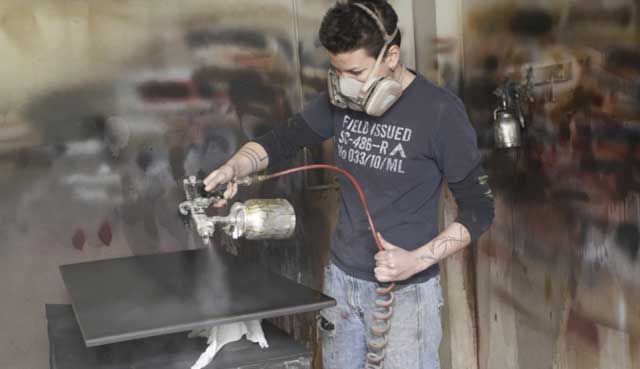
Under OHS regulations, employers must implement work procedures to ensure the safe use of respirators. Use this Checklist to determine if you comply with OHS requirements and remain in compliance going forward.
CHECKLIST FOR RESPIRATOR USE PROCEDURES
û Check your facility or workplace to verify that:
[ ] Employees using tight-fitting respirators have no conditions, such as facial hair, that would interfere with a face-to-facepiece seal or valve function.
[ ] Employees wear corrective glasses, goggles, or other protective equipment in a manner that does not interfere with the face-to-facepiece seal or valve function.
[ ] Employees perform user seal checks prior to each use of a tight-fitting respirator.
[ ] There are procedures for conducting ongoing surveillance of the work area for conditions that affect respirator effectiveness, and that, when such conditions exist, you take steps to address those situations.
[ ] Employees are permitted to leave their work area to conduct respirator maintenance, such as washing the facepiece, or to replace respirator parts.
[ ] Employees do not return to their work area until their respirator has been repaired or replaced in the event of a breakthrough, a leak in the facepiece, or a change in breathing resistance.
[ ] There are procedures for respirator use in IDLH atmospheres and during interior structural firefighting to ensure that: the appropriate number of standby personnel are deployed; standby personnel and workers in the IDLH environment maintain communication; standby personnel are properly trained, equipped, and prepared; you will be notified when standby personnel enter an IDLH atmosphere; and you will respond appropriately to this notification.
[ ] Standby personnel are equipped with a pressure demand or other positive pressure SCBA, or a positive pressure supplied-air respirator with an escape SCBA, and appropriate retrieval equipment or other means for rescue.
[ ] Procedures for interior structural firefighting require that: at least two employees enter the IDLH atmosphere and remain in contact with one another at all times; at least two standby personnel are used; and all firefighting employees use SCBA.

